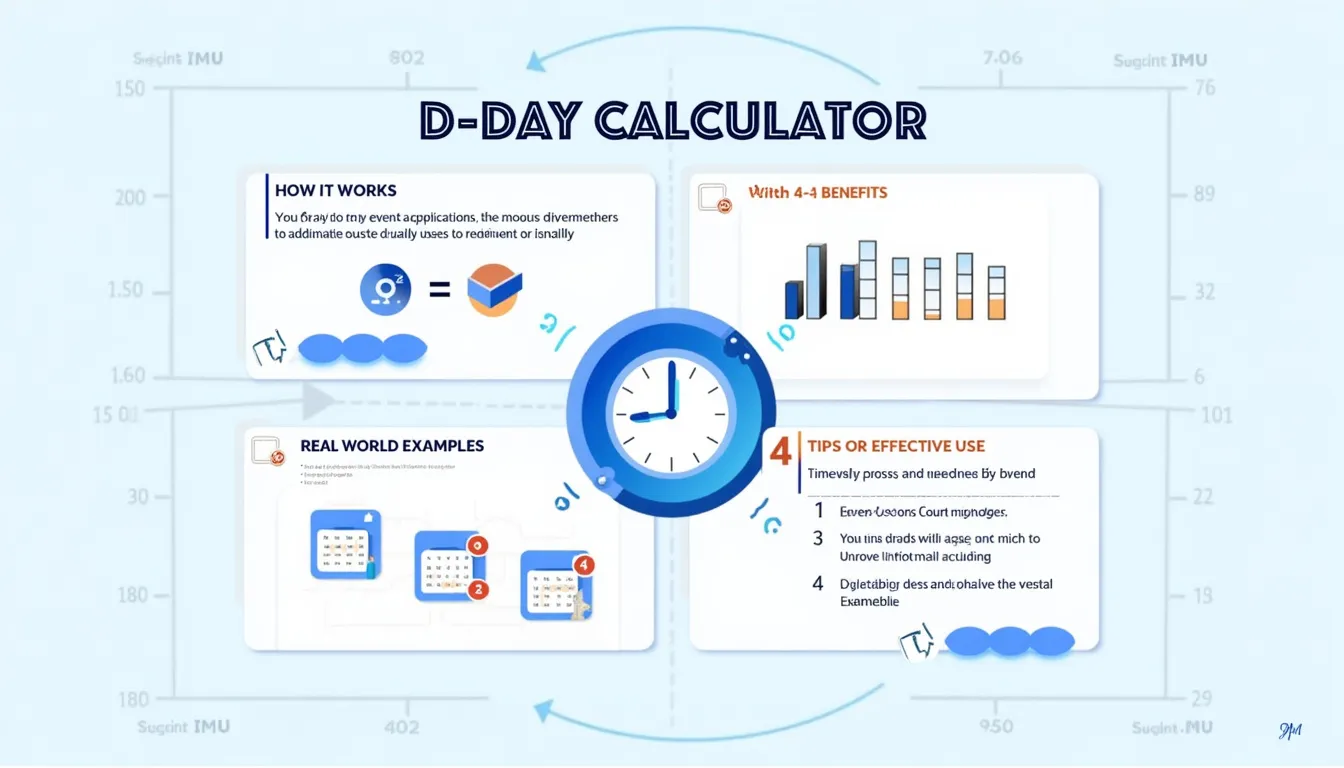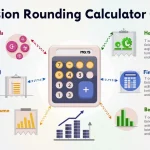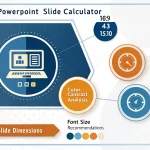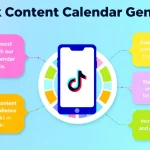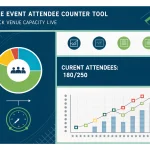D-Day Calculator
Is this tool helpful?
How to use the tool
- Pick your event date—tap the calendar icon and select, for example, 2025-07-04 or 2026-01-15.
- Set a reference date (optional). Try 2025-01-01 or leave blank to use today.
- Hit “Calculate”. The script subtracts reference from event, divides by 86 400 000 ms, then rounds.
- Read the result. Positive = days until; negative = days since; zero = today.
Formula
$$\text{Days}= rac{\text{round}\!\left(E\_m-R\_m\right)}{86{\,}400{\,}000}$$ Em = event time-stamp, Rm = reference time-stamp.
Example calculations
- Event 2025-07-04, Reference 2025-01-01 → 184 days until the event.
- Event 2023-02-14, Reference 2023-03-20 → 34 days since the event.
Quick-Facts
- JavaScript Date covers ±273,785 years (ECMA-262, 2023).
- 86,400,000 ms equal one civil day (MDN Web Docs, 2024).
- HTML <input type=”date”> uses ISO-8601 “YYYY-MM-DD” (W3C HTML Living Standard, 2023).
- “The HTML date input follows the full-date pattern defined in RFC 3339” (W3C, 2023).
FAQ
What is a D-Day calculator?
A D-Day calculator is a date-difference tool that outputs whole-day gaps between two ISO-formatted dates (W3C, 2023).
How does it work?
The script converts both dates to epoch milliseconds, subtracts, divides by 86,400,000 and rounds to the nearest integer (MDN Web Docs, 2024).
Does it account for leap years?
Yes. JavaScript’s Date object automatically inserts February 29 in leap years before calculation (ECMA-262, 2023).
What happens if I leave the reference date blank?
The tool defaults to your device’s current date retrieved via new Date() (MDN Web Docs, 2024).
Is the calculation inclusive of the start day?
No. Day zero is when event and reference dates match; otherwise it counts full 24-hour blocks between them (ECMA-262, 2023).
Can I input dates before 1970?
Yes. JavaScript handles negative epoch values down to the year −271,821 (ECMA-262, 2023).
Which browsers support the tool?
All modern browsers with ES5+ JavaScript engines and HTML5 date inputs—Chrome ≥20, Firefox ≥57, Edge ≥15 (Can I Use, 2024).
Is my data stored?
No. All processing occurs in your browser; no dates leave your device (Mozilla Security Docs, 2024).
Important Disclaimer
The calculations, results, and content provided by our tools are not guaranteed to be accurate, complete, or reliable. Users are responsible for verifying and interpreting the results. Our content and tools may contain errors, biases, or inconsistencies. Do not enter personal data, sensitive information, or personally identifiable information in our web forms or tools. Such data entry violates our terms of service and may result in unauthorized disclosure to third parties. We reserve the right to save inputs and outputs from our tools for the purposes of error debugging, bias identification, and performance improvement. External companies providing AI models used in our tools may also save and process data in accordance with their own policies. By using our tools, you consent to this data collection and processing. We reserve the right to limit the usage of our tools based on current usability factors.
